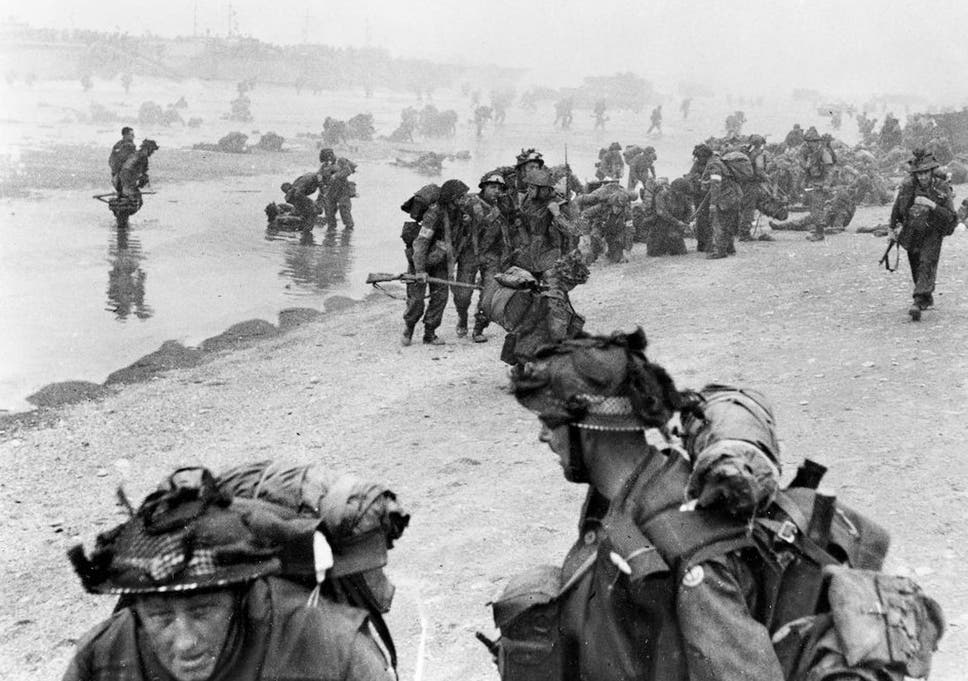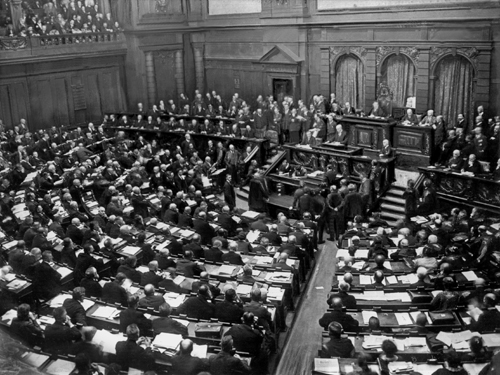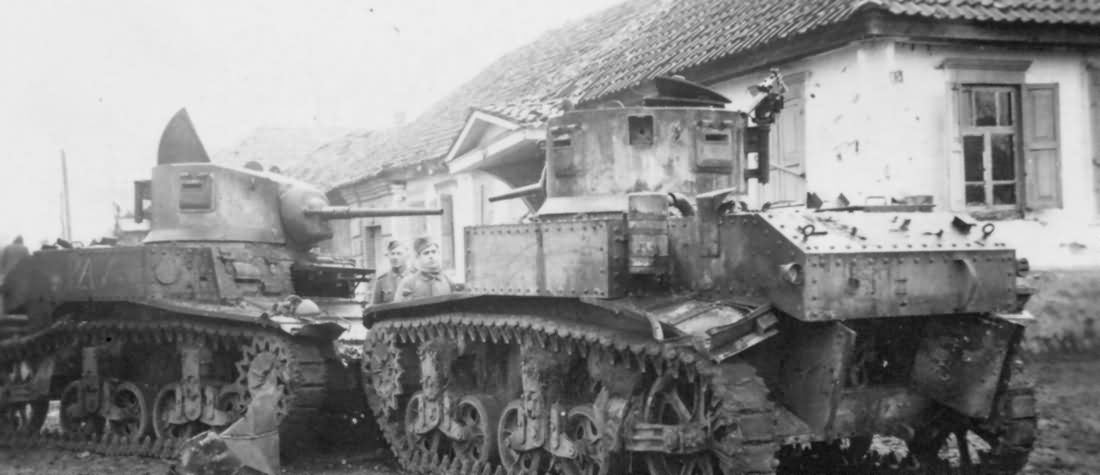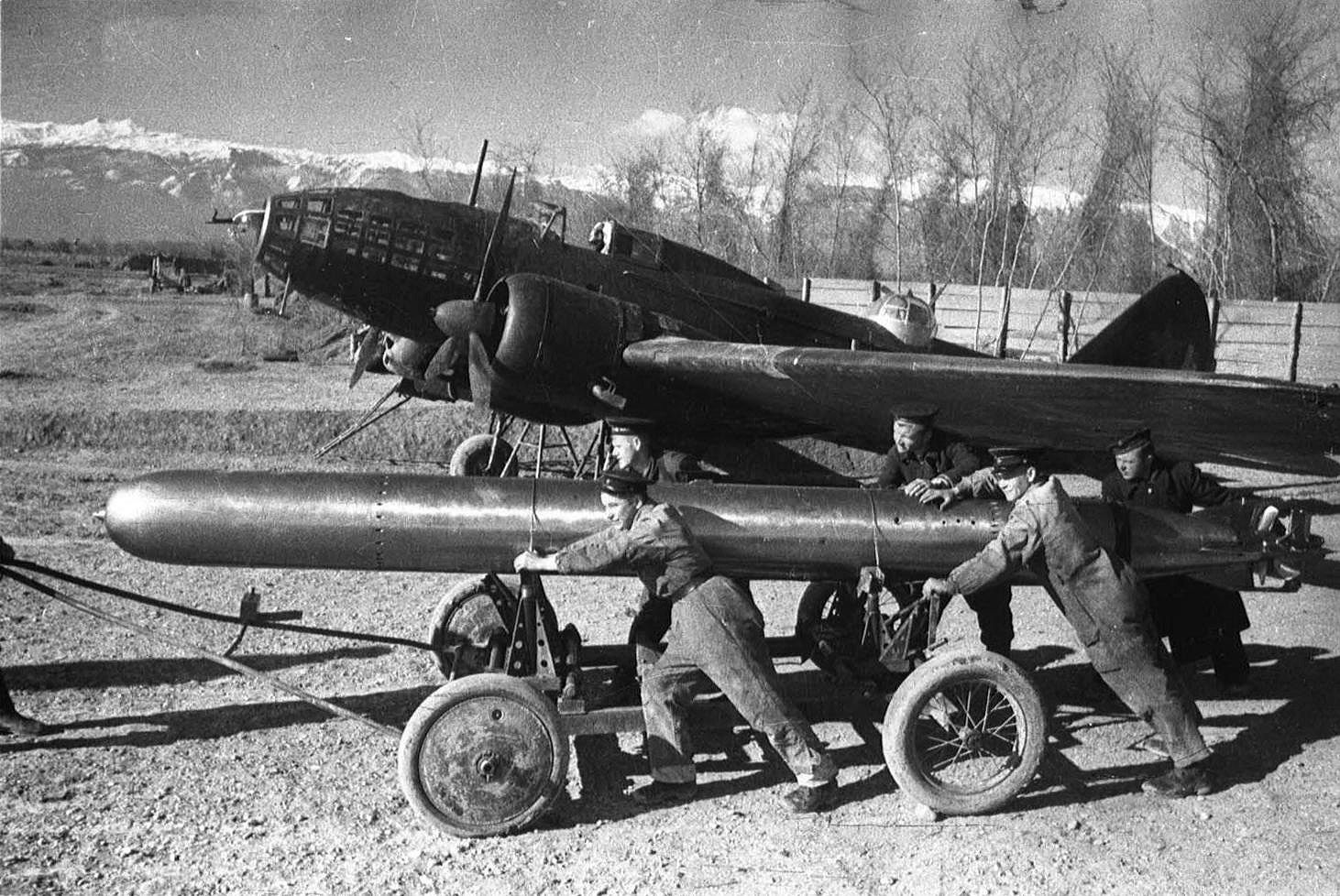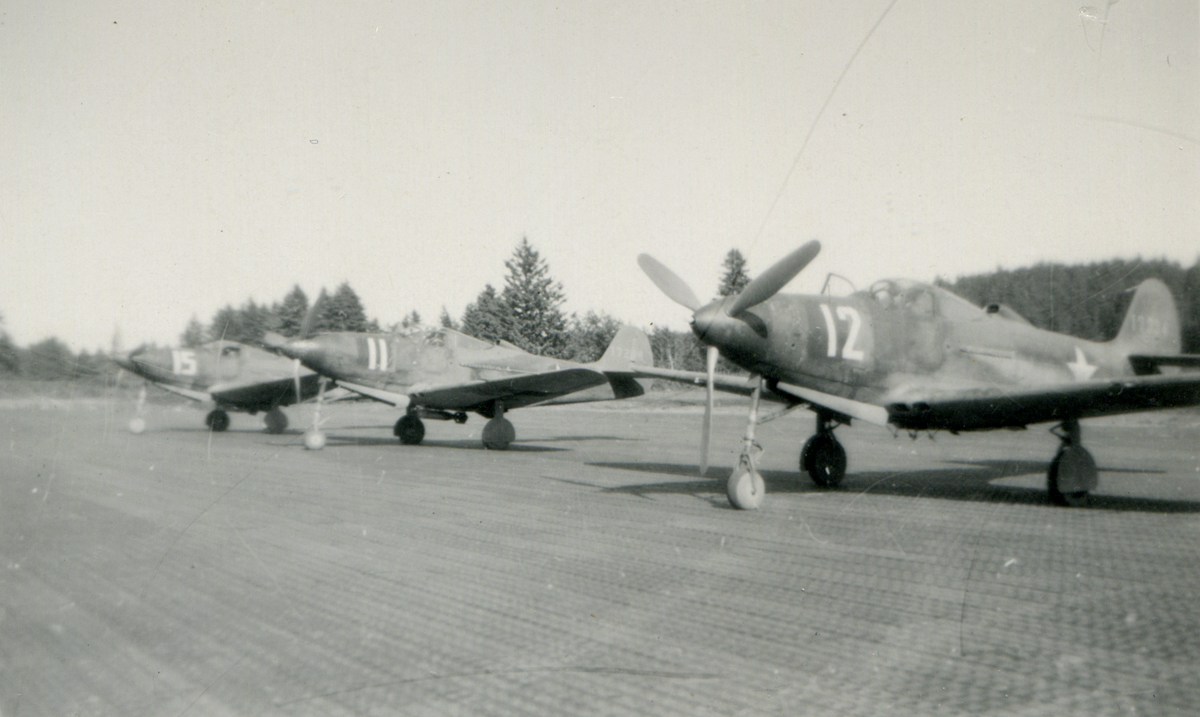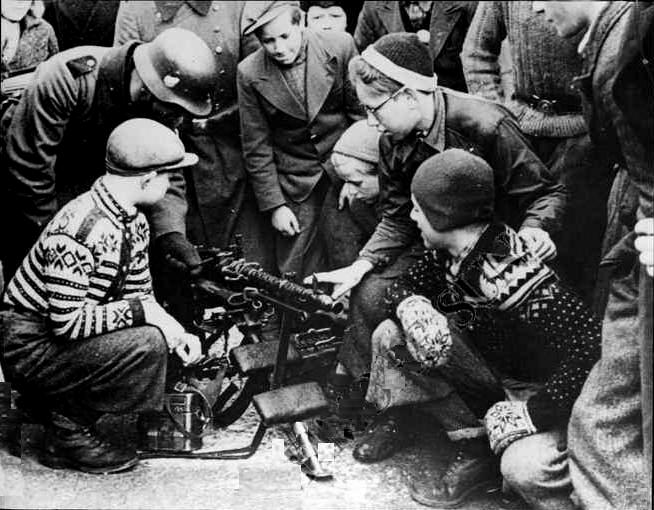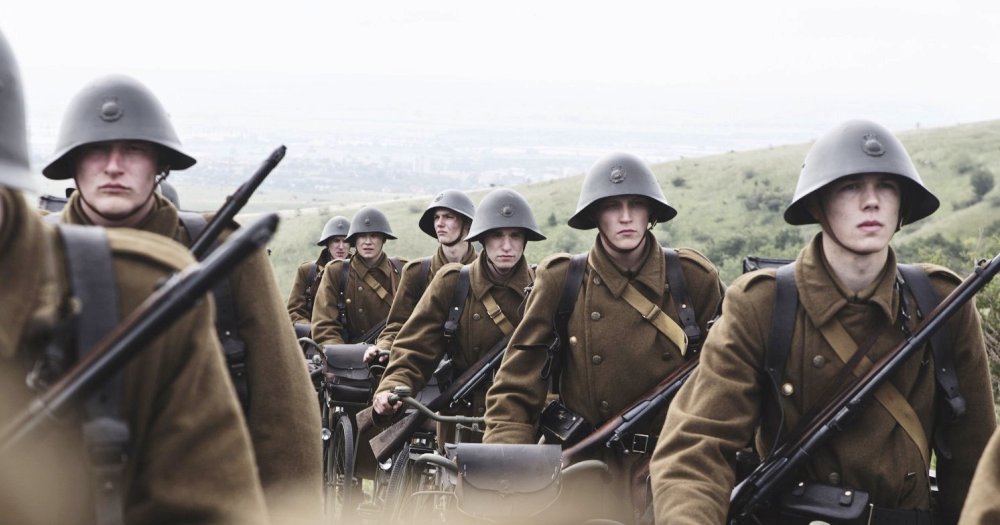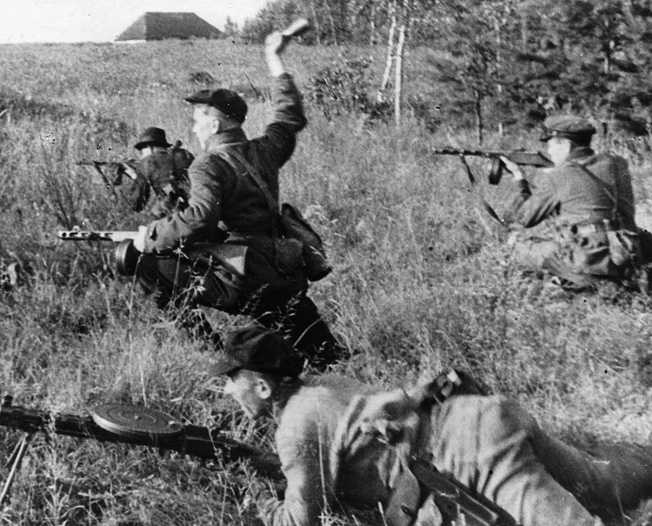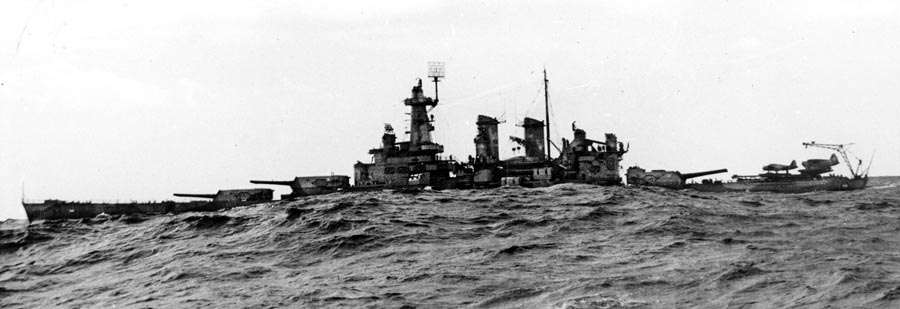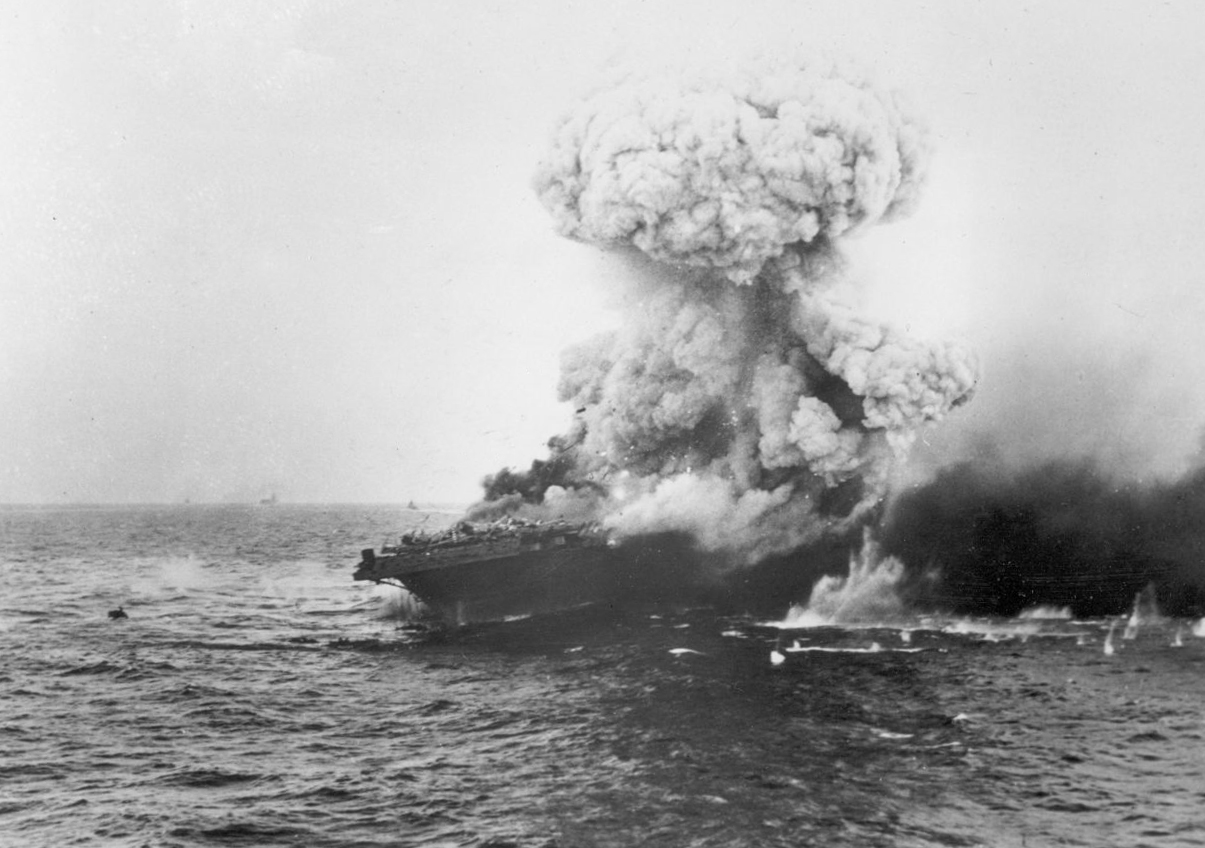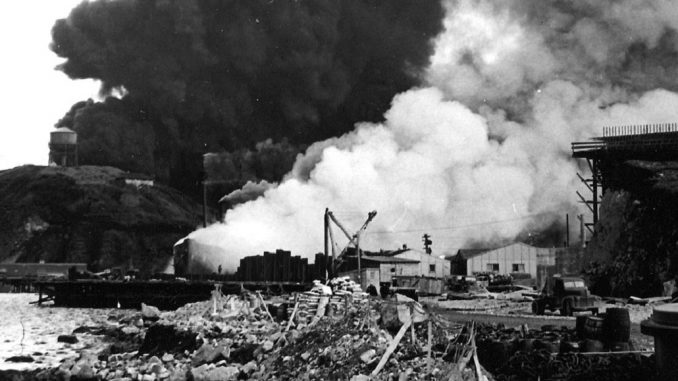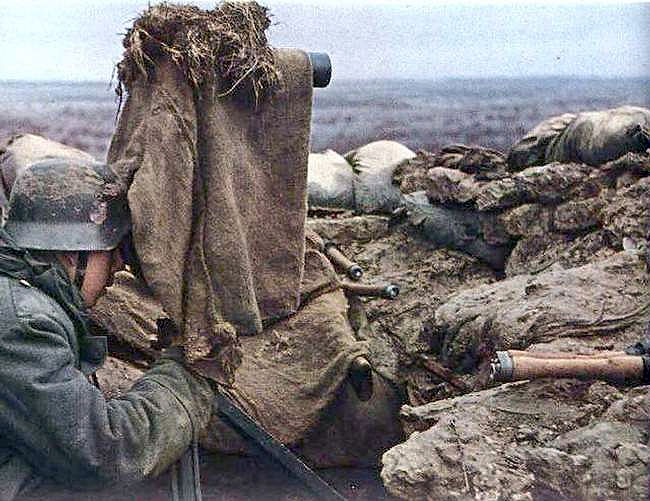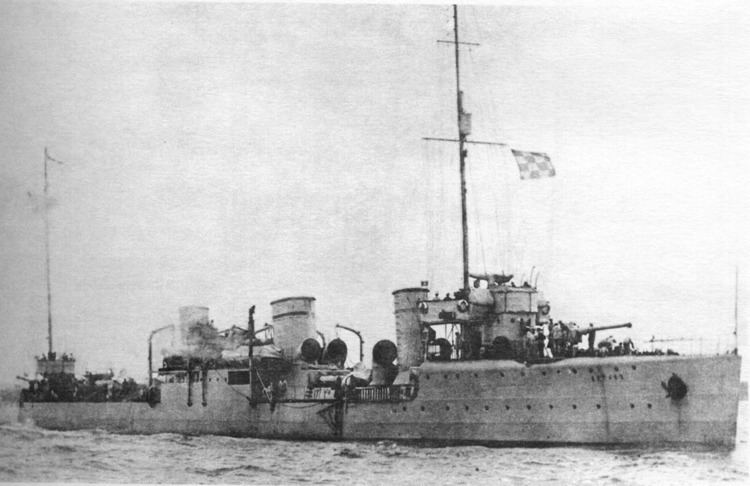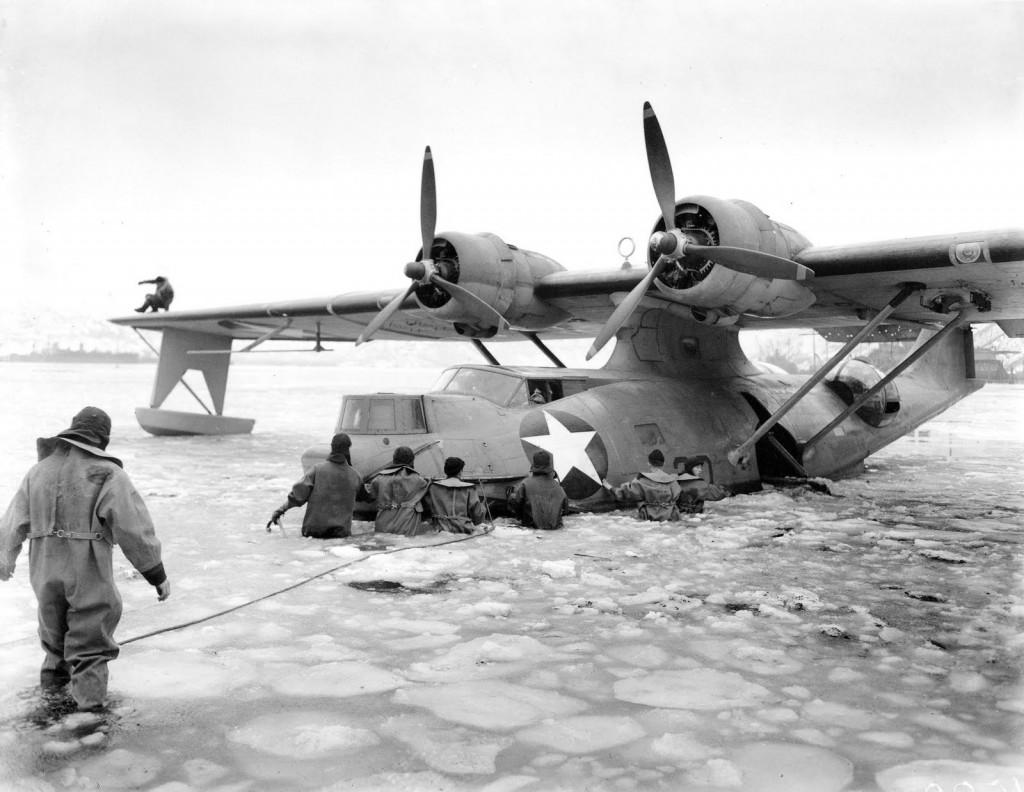The Forgotten Campaign: The True Story of the Alaskan Front during the SGW Part 7
A photo of the Japanese Aircraft Carrier Zuiho coming under intense air attack by dive bombers from the USS Hornet, circa September of 1942.
As the land battle in American Columbia had come to a stalemate, at sea, the naval battle was heating as both the Imperial Russian and Japanese began intensify their siege of the Queen Charlotte Islands. The Japanese would do this by strengthening their naval forces in the North Pacific with the addition of the battleships
Fuso, Kongo, Mutsu, and
Yamashiro the aircraft carriers
Kaga, Akagi, and
Shoho, two heavy cruisers, three light cruisers, and 5 destroyers. In addition, the Russians in their part would intensify the naval blockade by having their submarines laying mines around the island, with in conjunction with the G5 Torpedo Boats, would prove deadly to Yankee ships in the region. In addition, the Russian Air Force and Naval Air Arm would step up their air raids on the island by launching 3 raids per day as well as engaging Union shipping. In time, the Hecate Strait would become known as Iron Bottom Sound due to the amount of shipwrecks in the area (a majority of which were of Union supply ships that were sunk by the Russians.)
On the Union side of things, the Union Navy would begin reinforcing the defenses of the islands by building three additional airfields, and with them, a delivery of new P-39, P-38, and P-27 fighters, A-20 light bombers for anti-shipping duty, and PBY Catalinas for reconnaissance and anti-submarine roles. Task Force 36 would further reinforced in response to the arrival of more Japanese warships with the battleship
Vermont, the aircraft carriers
Benhomme Richard, Roanoke, Cowpens, and
Princeton, two heavy cruisers, four light cruisers, 9 destroyers, and 15 escort destroyers. In resupplying the island and it's garrison, the Union forces would begin to use faster ships, such as destroyers and corvettes in the resupply role along with some new PT boats serving as their escorts to ward off attacks by the Russian motor torpedo boats.
In late August of 1942, the Japanese and Russian naval commanders had a meeting aboard the battleship
Mutsu about their plans for eliminating the Union garrison on the Queen Charlotte Islands. After heavy considerations and talking, it was decided that their naval forces would engage the Yankee and hopefully incapacitate their carriers and battleships so that they would secure the sea. After that, they would cut off the sea supply line to the island, which they would then support and sea and airborne operation to take the islands. This operation would be dubbed as Operation: Thunder and was to take in mid September of 1942.
On September 13th, 1942, the Russo-Japanese combined naval force would depart from New Archangel toward the area south-east of the Queen Charlotte Islands. In response to this, Task Force 36 would depart from Puget Sound in Washington to deal with the enemy movements. These events would set the stage for the Second Battle of the Three Navies aka the Second Battle off the Queen Charlotte Islands.
A photograph of Admiral Spruance's flagship, the
USS Constellation underway with the rest of TF 36 off of Vancouver Island.
A postwar painting of the Union light cruiser
USS Boise making a suicidal attack on the Japanese battleship
Haruna during the second night of the battle.
Russian heavy cruiser
Pallada firing her guns at Union warships on the first day of the battle.
A explosion from a Japanese aerial bomb aboard the
USS Bonhomme Richard.
A flotilla of Russian destroyers laying a smoke screen under intense fire during the eighth and final day of the battle.
For eight days at sea in an area 16 miles off the coast of the Queen Charlotte Islands, the Radius and Union forces would be engaged in a heavy naval battle. When the dust settled, the Union navy would suffer the loss of the carriers
Bonhomme Richard and
Princeton, the heavy cruisers
Astoria, the light cruisers
Boise, Sacramento, and
Newark, 6 destroyers, and 62 aircraft. The carriers
Hornet and
Roanoke, the capital ships
Constellation, Iowa, and
Vermont, the heavy cruisers
York and
Salt Lake City, 2 light cruisers, and 8 destroyers damaged. The Japanese would suffer the loss of the carrier
Zuiho and
Shoho, the battleship
Fuso, the heavy cruisers
Chikuma and
Kako, light cruiser Isuzu, and 7 destroyers, and 48 aircraft. The Russians would suffer the loss of the heavy cruiser
Pallada, the light cruisers
Oleg and
Diana, 5 destroyers, and 12 aircraft. The Battle would turn out to be a victory for the Union forces due both the tactical mastermind of Admiral Spruance and due to poor communication and coordination between the Russian and Japanese Naval Forces.
A photograph taken of the aftermath of a Russian air raid on the Sandspit Naval Base in July of 1943. Which this particular air raid would be the last one of that the Russians would conduct on the island.
For months after the Second Battle of the Three Navies, the Russians would maintain their siege of the Queen Charlotte Islands all the way up until August of 1943 when the siege of the islands was finally lifted due the Russians fortunes of war changing following both the Betrayal of the Japanese earlier in the year and their catastrophes on the European Front.


